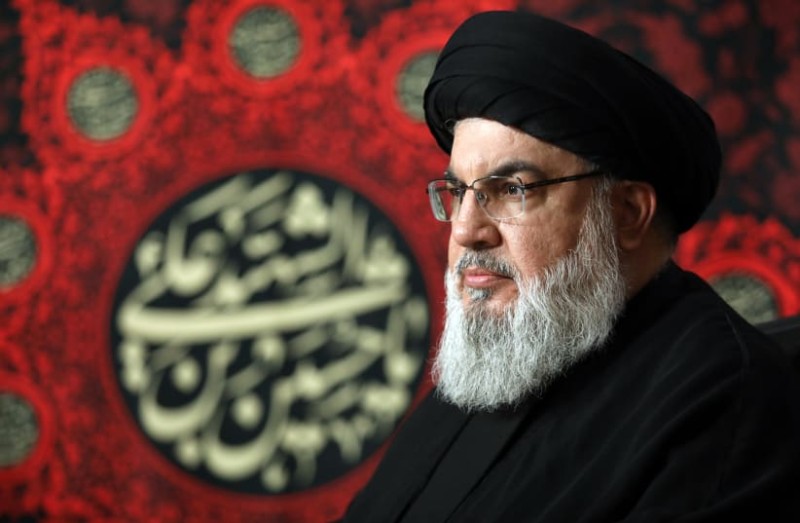The militant group Hezbollah confirmed that Hassan Nasrallah, leader of the Hezbollah militia, was killed by the Israeli airstrikes on its central Beirut headquarters on Friday.
Why is it important? Nasrallah, the leader of the Islamic Revolution in Lebanon and Iran’s most close ally, was one of the most powerful figures in the Middle East.
- Hezbollah released a statement saying it will continue to fight Israel, and that Nasrallah’s death would only strengthen the resistance.
- Ali Karaki was also killed, according to the Israel Defense Forces. Karaki survived an Israeli assassination just days before.
- Israeli officials and Iranian reports said that Iranian Brigadier General Abbas Nilforoushan was also killed. Tehran hasn’t confirmed this.
What happened: In an operation codenamed “New Order,” the IDF dropped hundreds of 2000-lb. Hezbollah’s central headquarters was said to be located underground in a bunker beneath a complex of six residential buildings south Beirut.
- The health ministry of Lebanon reported that at least six people died and 91 were injured in the massive attack, which destroyed multiple large apartment blocks. This number is expected to rise.
Zoom out: More than 720 people have been killed in Lebanon as 11 days of intense fighting between Israel and Hezbollah has data-vars-sub-category=”story” href=”https://www.axios.com/2024/09/25/israel-lebanon-hezbollah-gaza-biden-fears”>escalated into war.
- Prior to the Israeli strike the White House was pushing for a Israel and Hezbollah ceasefire. President Biden, along with other top officials, denied Israeli claims that they had been notified of the attack.
- IDF Chief-of-Staff Gen. Herzi Halevi said that Nasrallah’s death “is not the last of our tools.” It’s simple: whoever threatens Israeli citizens, we will find them.
The Big Picture: Nasrallah, who was only 32 when he became Hezbollah’s leader in 1992, has transformed his militia over the past three decades into a formidable political and military force.
- Nasrallah was able to veto senior political appointments in Lebanon.
- Hezbollah has also expanded its regional influence by sending thousands of fighters into Syria to save the regime of President Bashar al Assad, in Iraq to fight with Shia militias, and in Yemen to fight alongside Houthis, as well as against Saudi Arabia.
- Nasrallah armed Hezbollah, including with advanced weapons such as missiles, drones and rockets. This made the militia more powerful and better equipped than many nation-states.
- Nasrallah’s close relationship with Iran’s supreme leader Ali Khamenei makes it likely that Iran would seek to retaliate. This is especially true if a general from Iran was confirmed to be killed along with him.
Next steps: Hashim Safi Al-Din is a potential successor to Nasrallah, as he heads Hezbollah’s executive council. It is unclear whether he was inside the bunker when Israel attacked.
For More Information Visit Our Homepage:



